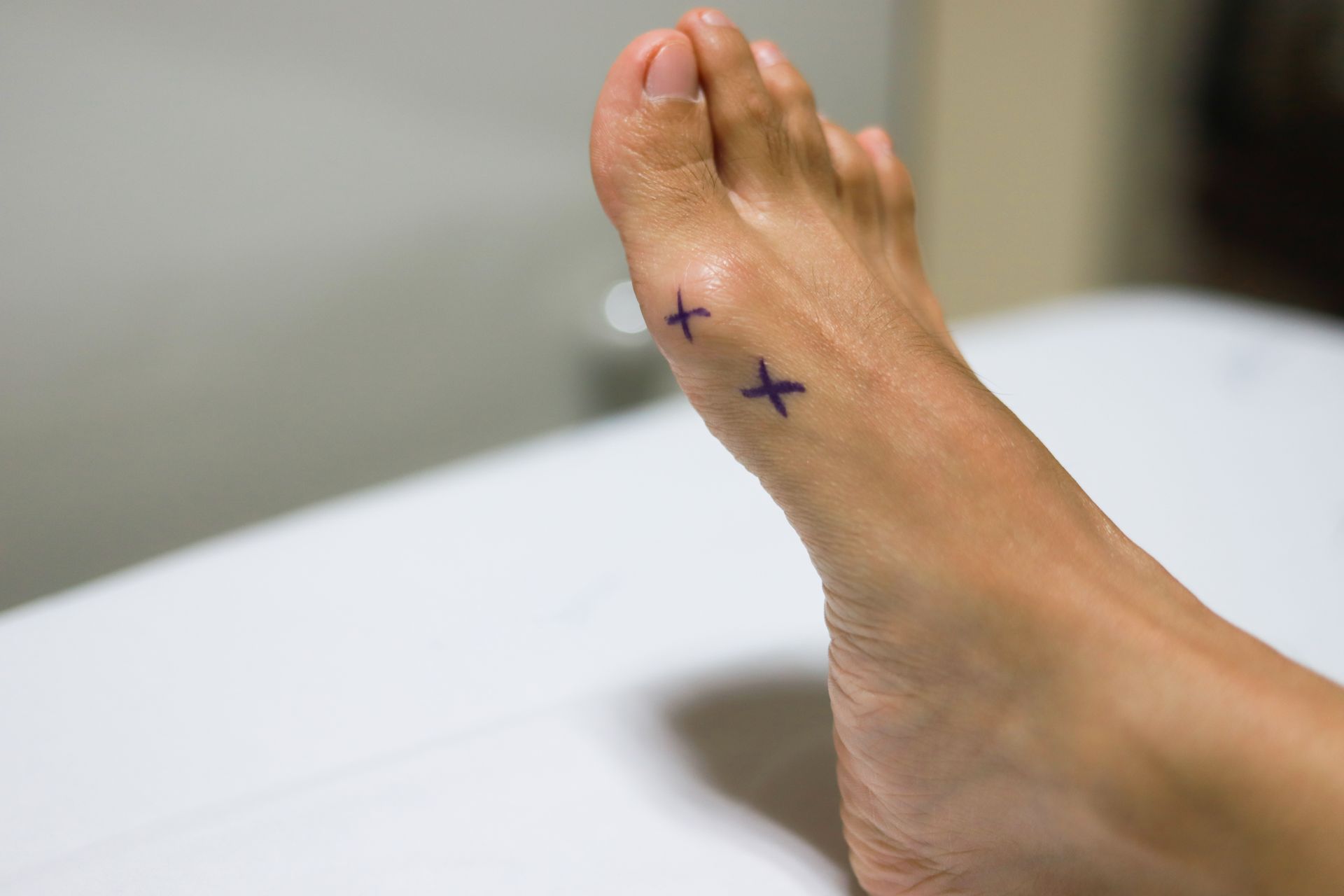What is a 1st Metatarsophalangeal Joint (MTPJ) Fusion?
Can you believe that there are over 100 described procedures for surgical repair of painful bunions ? Many of them are considered historical procedures, meaning they were once popular, but have mostly been retired. Some of these bunionectomies are just slight variations of other established procedures and not entirely different techniques. Two of the most common surgical procedures for bunions are the Austin and Lapidus bunionectomies . These are both excellent surgical procedures, but they have advantages and limitations like anything else. There are a half dozen or so other surgical procedures that are very useful but only in selected circumstances. That is where the 1st MTPJ fusion resides.
What is the 1st MTPJ Fusion?
The medical term for the big toe joint is the 1st metatarsophalangeal joint (1st MTPJ). This is where the big toe attaches to the foot at the level of the first metatarsal bone. This is also where the bunion deformity occurs. A 1st MTPJ fusion is the realignment and permanent stiffening of this joint with screws and/or plates and is considered the gold standard operation for patients with severe arthritis in the big toe joint.
The 1st MTPJ fusion is less commonly performed for bunions, but it does have its indications. It is useful in revisional surgery and in instances where arthritis is present in addition to the bunion. 1st MTPJ fusion can also be used for severe-sized, painful bunions in patients who are obese, elderly, or cannot withstand the non-weightbearing required of other bunionectomies.
How is the 1st MTPJ Fusion Performed?
The surgery is performed as an outpatient procedure and IV sedation, or “twilight sleep,” is used for anesthesia. During the surgery, a local numbing medicine similar to Novocain is placed in the foot to help keep patients comfortable. The surgery begins with a small incision over the big toe joint. The cartilage within the joint is removed with special instruments called burrs or reamers. These instruments make fitting the bones back together in perfect position easier. The joint is then placed in the precisely correct position and stabilized with small screws. Sometimes, a small titanium plate is also used to stabilize the bones. These screws and/or plates are usually permanent and do not need to be removed.
Advantages of the 1st MTPJ Fusion
- Immediate Weight-bearing - This is a significant advantage for older patients and others who, for various reasons, cannot tolerate the prolonged non-weightbearing required for some bunionectomies.
- May be Performed in Softer Bone - With advances in surgical techniques, this procedure can be accomplished in softer or weaker bone densities. This is not the case with some other bunionectomies .
- Permanent - In the case of some revision
bunionectomies (meaning a return to surgery because of a poor prior result),
the big toe joint can be unstable to the point that routine realignment is not
possible. In this instance, a 1st MTPJ fusion may be preferred,
because it essentially guarantees the maintenance of the desired position.
Disadvantages of the 1st MTPJ Fusion
- Permanent - Yes, this is both an advantage and a
disadvantage. For painful bunions, this procedure is versatile and maintains a
good result over many years, but it should be reserved for specific cases
because of its permanence.
If you are suffering from painful bunion symptoms but are of an age or suffer from a condition that makes extended periods of non-weightbearing immobility difficult, the 1st MTPJ fusion may be a viable option for you. Contact your bunion specialist to learn more.


